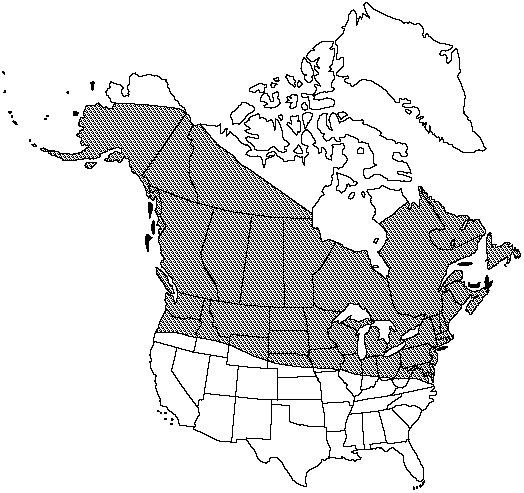Difference between revisions of "Equisetum ×litorale"
Beitr. Pflanzenk. Russ. Reiches 4: 91. 1845.
FNA>Volume Importer |
FNA>Volume Importer |
||
| Line 33: | Line 33: | ||
-->{{#Taxon: | -->{{#Taxon: | ||
name=Equisetum ×litorale | name=Equisetum ×litorale | ||
| − | |||
|authority=Kühlewein | |authority=Kühlewein | ||
|rank=species | |rank=species | ||
| Line 48: | Line 47: | ||
|publication year=1845 | |publication year=1845 | ||
|special status= | |special status= | ||
| − | |source xml=https://jpend@bitbucket.org/aafc-mbb/fna-data-curation.git/src/ | + | |source xml=https://jpend@bitbucket.org/aafc-mbb/fna-data-curation.git/src/eaa6e58056e40c9ef614d8f47aea294977a1a5e9/coarse_grained_fna_xml/V2/V2_760.xml |
|genus=Equisetum | |genus=Equisetum | ||
|subgenus=Equisetum subg. Hippochaete | |subgenus=Equisetum subg. Hippochaete | ||
Revision as of 19:50, 16 December 2019
Aerial stems monomorphic, green, branched or occasionally unbranched, 2–70 cm; hollow center 2/3–4/5 stem diam. Sheaths somewhat elongate, 3.5–8 × 2.5–6 mm; teeth dark, 7–14, narrow, 1–3 mm. Branches mostly from midstem nodes, ascending to spreading, solid; ridges 4–5; valleys channeled; proximal whorls with 1st internode of each branch equal to subtending stem sheath, distal whorls with 1st internode of each branch longer than stem sheath; sheath teeth attenuate.
Phenology: Cones maturing in early summer, but misshapen spores not shed.
Habitat: Ditches, stream banks, wet meadows
Elevation: 0–1000 m
Distribution

Alta., B.C., Man., N.B., Nfld., N.W.T., N.S., Ont., P.E.I., Que., Sask., Yukon, Alaska, Conn., Del., Idaho, Ill., Ind., Iowa, Maine, Md., Mass., Mich., Minn., Mont., Nebr., N.H., N.J., N.Y., N.Dak., Ohio, Oreg., Pa., R.I., S.Dak., Vt., Va., Wash., W.Va., Wis., Wyo.
Discussion
Equisetum × litorale is a hybrid between E. arvense and E. fluviatile. It should be expected where the parents coexist. This hybrid has been mistaken for Equisetum palustre; the solid branches with long first internodes and channeled valleys distinguish it from that species.
Selected References
None.